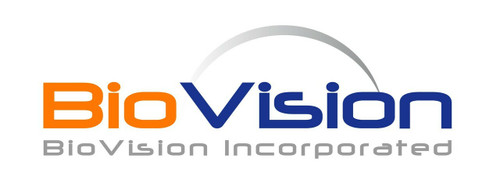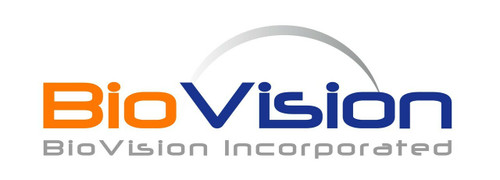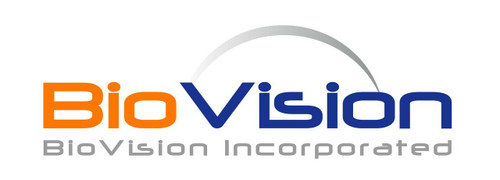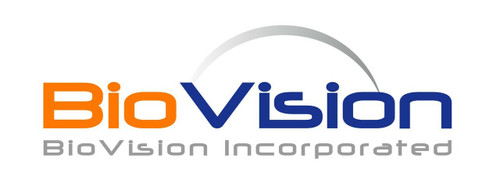Product Description
Fibroblast growth factor receptor 4(FGFR4) is also known as CD334, JTK2, hydroxyaryl-protein kinase, TKF, protein-tyrosine kinase. The FGFR4 gene provides instructions for making a protein called fibroblast growth factor receptor 4. This protein is part of a family of fibroblast growth factor receptors that share similar structures and functions. These receptor proteins play a role in important processes such as cell division, regulating cell growth and maturation, formation of blood vessels, wound healing, and embryo development.The FGFR4 protein interacts with specific growth factors to conduct signals from the environment outside the cell to the nucleus. The nucleus responds to these signals by switching on or off appropriate genes that help the cell adjust to changes in the environment. In response, the cell might divide, move, or mature to take on specialized functions. Although specific functions of FGFR4 remain unclear, studies indicate that the gene is involved in muscle development and the maturation of bone cells in the skull. The FGFR4 gene may also play a role in the development and maintenance of specialized cells (called foveal cones) in the light-sensitive layer (the retina) at the back of the eye.
Biovision | P1375 | Human CellExp FGFR4/CD334 Mouse Recombinant DataSheet
Biomolecule/Target: N/A
Synonyms: FGFR4, CD334, JTK2, MGC20292, TKF
Alternates names: Heat shock protein beta-1, HspB1, 28 kDa heat shock protein, Estrogen-regulated 24 kDa protein, Heat shock 27 kDa protein, Short name=HSP 27, Stress-responsive protein 27
Taglines: N/A
NCBI Gene ID #: 3315
NCBI Gene Symbol: HSPB1
Gene Source: Murine
Accession #: P04792
Recombinant: FALSE
Source: E. coli
Purity by SDS-PAGEs: 98%
Assay: SDS-PAGE
Purity: N/A
Assay #2: N/A
Endotoxin Level: <1 EU/g by LAL method
Activity (Specifications/test method): Immobilized Mouse FGF R4 at 2 g/mL (100 L/well) can bind Human FGF-9, Fc Tag with a linear range of 0.156-5 g/mL
Biological activity: Immunoreactivity is confirmed by reaction with monoclonal mouse antibodies against HSP-27.
Results: N/A
Binding Capacity: N/A
Unit Definition: N/A
Molecular Weight: 22.7 kDa
Concentration: N/A
Appearance: Sterile Filtered colorless solution
Physical form description: Lyophilized from 0.22 m filtered solution in PBS, pH7.4. Normally trehalose is added as protectant before lyophilization.
Reconstitution Instructions: N/A
Amino acid sequence: N/A
 Euro
Euro
 USD
USD
 British Pound
British Pound
 NULL
NULL








